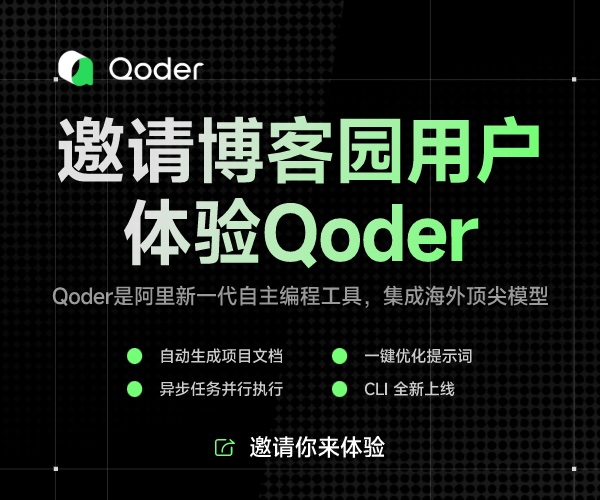/********************************************\
|????歡迎轉載, 但請保留作者姓名和原文鏈接, 祝您進步并共勉!???? |
\********************************************/
C++對象模型(13) -
3.5 Object Member Efficiency
作者: Jerry Cat
時間: 2006/11/17
鏈接:?
http://www.shnenglu.com/jerysun0818/archive/2006/11/17/15311.html
3.5 Object Member Efficiency
;-----------------------------------------------------------------------
An obvious observation is that without the optimizer turned on, it is extremely difficult to guess at the performance characteristics of a program, since the code is potentially hostage to the "quirk(s) of code generation…unique to a particular compiler." Before one begins source level "optimizations" to speed up a program, one should always do actual performance measurements rather than relying on speculation and common sense.不要想當然, 要試驗之.
In the next sequence of tests, I introduced first a three-level single inheritance representation of the Point abstraction and then a virtual inheritance representation of the Point abstraction. I tested both direct and inline access (multiple inheritance did not fit naturally into the model, so I decided to forego it.) The general hierarchy is
class Point1d {...};?????????????????????????? // maintains x
class Point2d : public Point1d {...};???? // maintains y
class Point3d : public Point2d {...};???? // maintains z
The one-level virtual inheritance derived Point2d virtually from Point1d. The two-level virtual inheritance additionally derived Point3d virtually from Point2d. Table 3.2 lists the results of running the tests for both compilers. (Again, I break out the times for the two compilers only when their performances differ significantly from each other's.)
Table 3.2. Data Access under Inheritance Models
???????????????????????????????????? Optimized?????? Non-optimized
Single Inheritance
???? Direct Access?????????? 0.80???????????????? 1.42
???? Inline Methods
???? CC???????????????????????????0.80??????????????? 2.55
???? NCC????????????????????????0.80??????????????? 3.10
?
Virtual Inheritance — 1-Level
???? Direct Access??????????? 1.60????????????? 1.94
???? Inline Methods
???? CC????????????????????????????1.60????????????? 2.75
???? NCC?????????????????????????1.60????????????? 3.30
?
Virtual Inheritance — 2-Level
???? Direct Access
???? CC????????????????????????????2.25????????????? 2.74
??? ?NCC?????????????????????????3.04????????????? 3.68
?
??? Inline Methods
???? CC????????????????????????????2.25????????????? 3.22
???? NCC?????????????????????????2.50????????????? 3.81
?
Single inheritance should not affect the test performance, since the members are stored contiguously within the derived class object and their offsets are known at compile time. The results, as expected, were exactly the same as those of the independent abstract data type. (The same should be true under multiple inheritance, but I didn't confirm that.)
Again, it is worth noting that with the optimizer off, performance, which common sense says should be the same (direct member access versus inline access), is in practice slower in the case of inline functions. The lesson again is that the programmer concerned with efficiency must actually measure the performance of his or her program and not leave the measurement of the program to speculation and assumption. It is also worth noting that optimizers don't always work. I've more than once had compilations fail with an optimizer turned on that compiled fine "normally."別想當然, 實驗之! 編譯時盡可能打開優化開關.
The virtual inheritance performance is disappointing in that neither compiler recognized that the access of the inherited data member pt1d::_x is through a nonpolymorphic class object and that therefore indirect runtime access is unnecessary. Both compilers generate indirect access of pt1d::_x (and pt1d::y in the case of two levels of virtual inheritance), even though its location within the two Point3d objects is fixed at compile time. The indirection significantly inhibited the optimizer's ability to move all the operations within registers. The indirection did not affect the non-optimized executables significantly.
虛繼承導致性能大降, 即使打開優化開關也沒太大起色.


